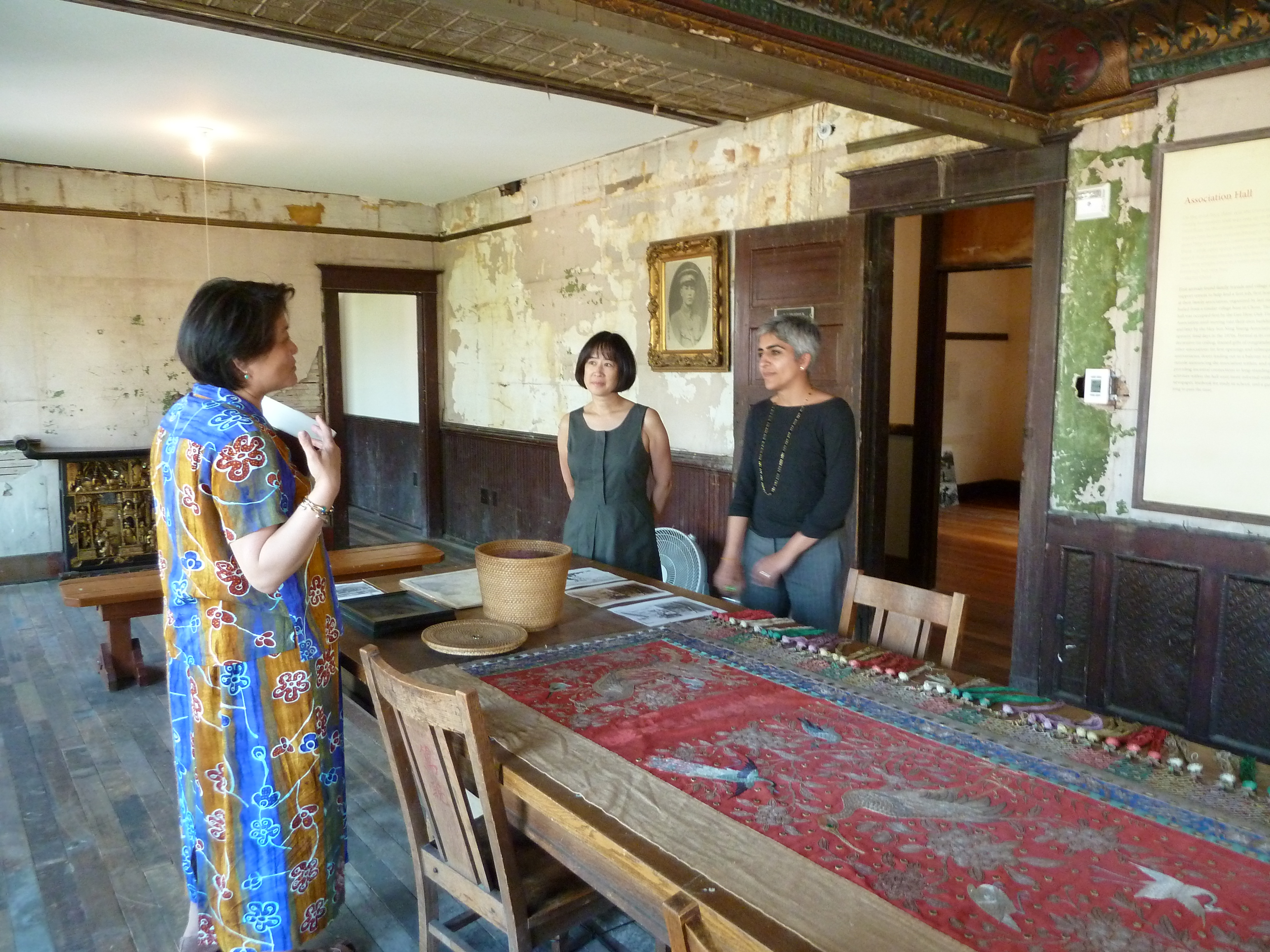
As Executive Director of the White House Initiative on Asian Americans and Pacific Islanders (AAPI), I get the wonderful opportunity to meet inspiring AAPI leaders across the country who are dedicated to serving their communities. During my recent trip to Seattle, I had the distinct pleasure of spending time with some of these leaders, including Hyeok Kim, the Executive Director of InterIm CDA, an affordable housing and community building organization based in Seattle’s Chinatown/International District (C/ID). Hyeok is also a member of the President’s AAPI Advisory Commission.
On my visit, I met with longtime AAPI leader Diane Narasaki, the Executive Director of Asian Counseling and Referral Service (ACRS). ACRS is one of the largest multi-service agencies in the country that provides low-income AAPIs with culturally and linguistically competent services, such as mental health counseling, employment training, and citizenship assistance. As I toured ACRS’s new building, I saw firsthand how low-income immigrants and refugees—a segment of our AAPI population too often overlooked—were finding their needs met. From community space that provides elders the opportunity to exercise, including line dancing (my mom’s favorite) and yoga, to a basketball court and computer lab for youth, to gathering rooms that host numerous community events, trainings and educational programs, ACRS is a model for comprehensive service delivery that speaks to the diverse needs in our AAPI community.
It seems no visit to Seattle is complete without a visit with “Uncle Bob” Santos, who gave me a very special tour of the C/ID. A long-time community activist, Bob Santos was former HUD Region 10 Director in Seattle. He was not only the historical guide on our walking tour, for me he is part of the very history of this community. From Uncle Bob, I learned that Chinese, Japanese, and Filipino residents and business leaders have called the C/ID home for over 100 years, with newer Vietnamese immigrants settling the C/ID after the 1980s. In the 1960s and 1970s, Seattle’s AAPI community channeled its collective activism to help establish organizations like the International Community Health Services (ICHS). ICHS started out as a small storefront clinic, and nearly forty years later, led by CEO Teresita Batayola, it serves over eighteen thousand low-income AAPI (and a growing number of African) immigrants and refugees each year as a federally qualified health center. In visiting ICHS, I was particularly struck by how many of our AAPI community members will benefit from the Affordable Care Act.
Today the legacy of the C/ID’s early pioneers and the legacy of Uncle Bob’s generation of community activists live on in newer waves of AAPI groups that have immigrated to Seattle and Washington State in the past few decades. I met amazing leaders in two of these relatively newer communities, South Asians and Pacific Islanders, on my visit. These leaders shared with me how they are working to strengthen economic and trade ties with India, addressing health disparities among Pacific Islanders such as Samoans and Fijians, or opening educational opportunities for AAPI students slipping through the cracks.
I finally ended my time in Seattle by touring and speaking at a community gathering at the Wing Luke Museum of the Asian Pacific American Experience. The Wing is dedicated to sharing and documenting AAPI experiences in the United States. Executive Director Beth Takekawa gave me a tour of the museum, located at the historic 100-year old East Kong Yick Building, which The Wing carefully renovated in 2008. Like The Wing’s exhibits and programs that serve multiple purposes of documenting, educating, and empowering the AAPI community, the museum space is also an historic home and museum wrapped into one.
My trip to Seattle is a reminder of the great wealth in our AAPI communities: dedicated leaders, incredible history, tremendous diversity, and the commitment to improve and provide for our communities. In particular, I recognized the distinct collaborative spirit of the AAPI community in Seattle – steeped in the AAPI civil rights movement. Seattle’s AAPI community has a lot to share regarding its history, its programs and organizations, and its cultural institutions like The Wing – and we have a lot to learn from it.
Kiran Ahuja is Executive Director of the White House Initiative on Asian Americans and Pacific Islanders.


